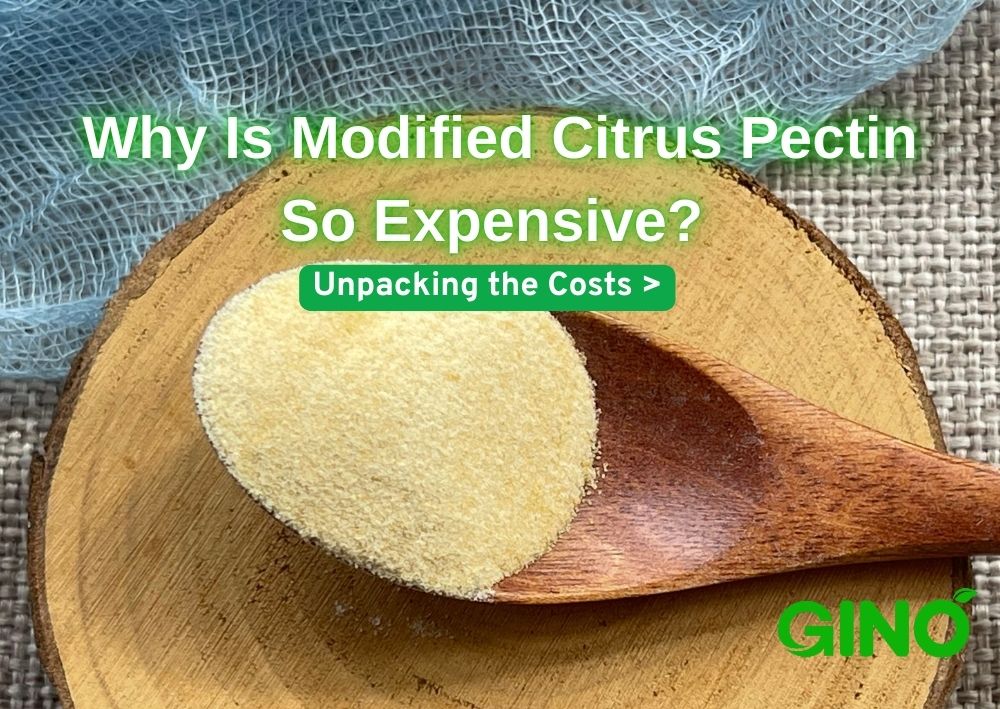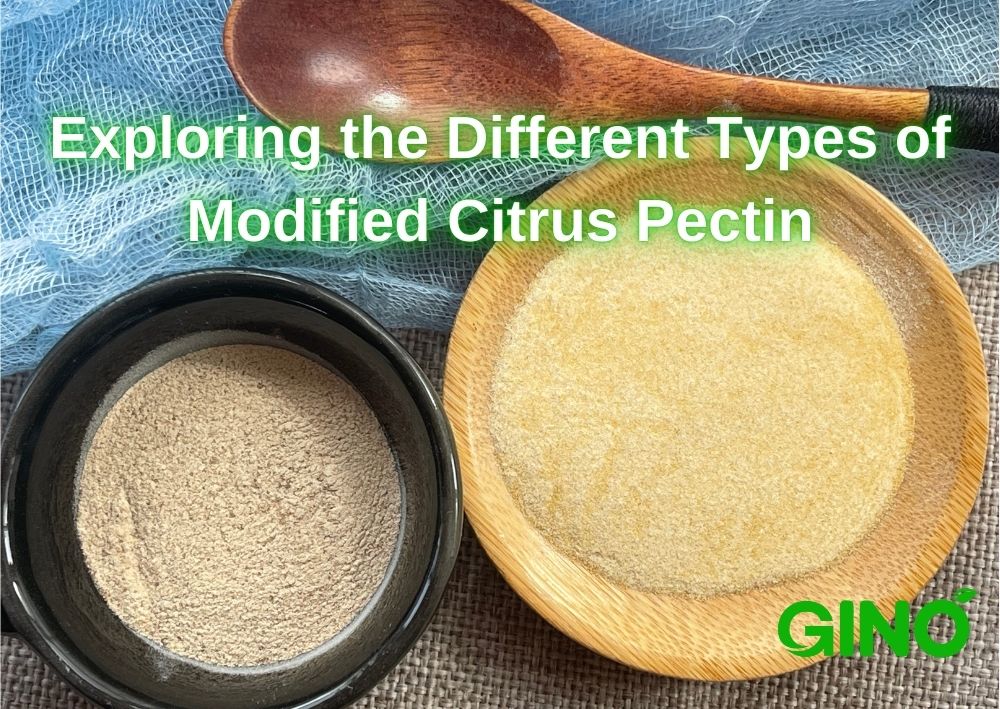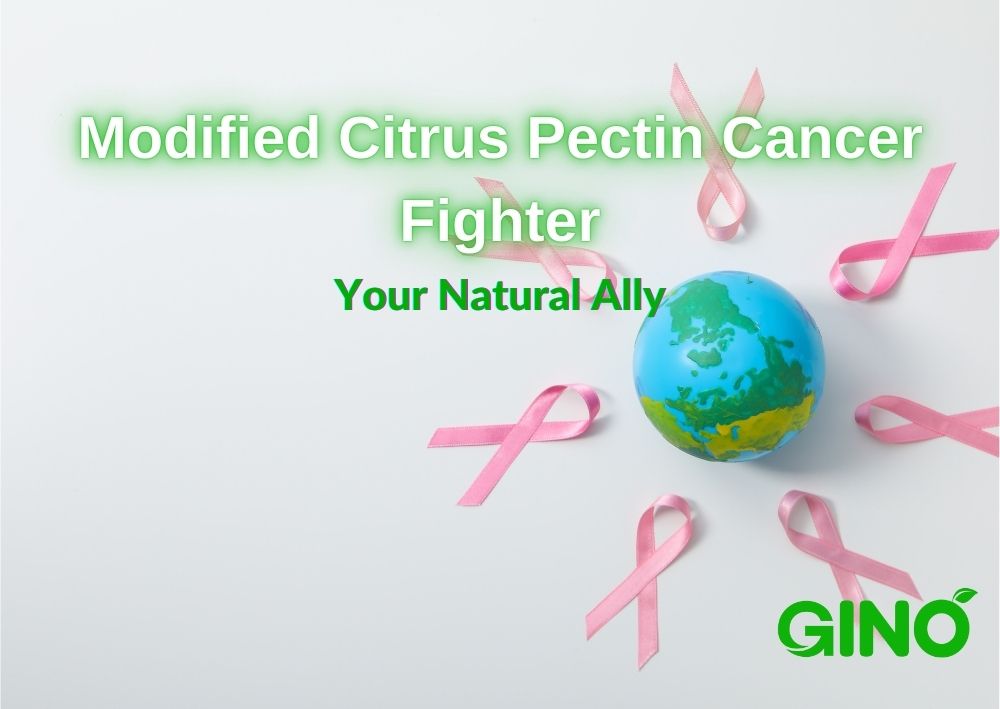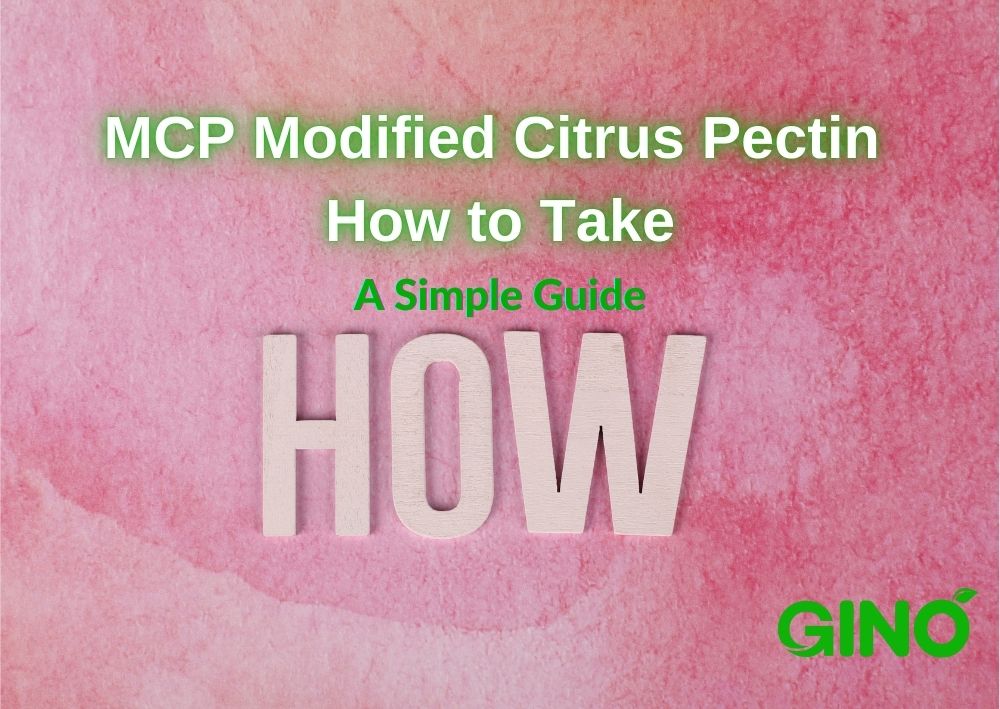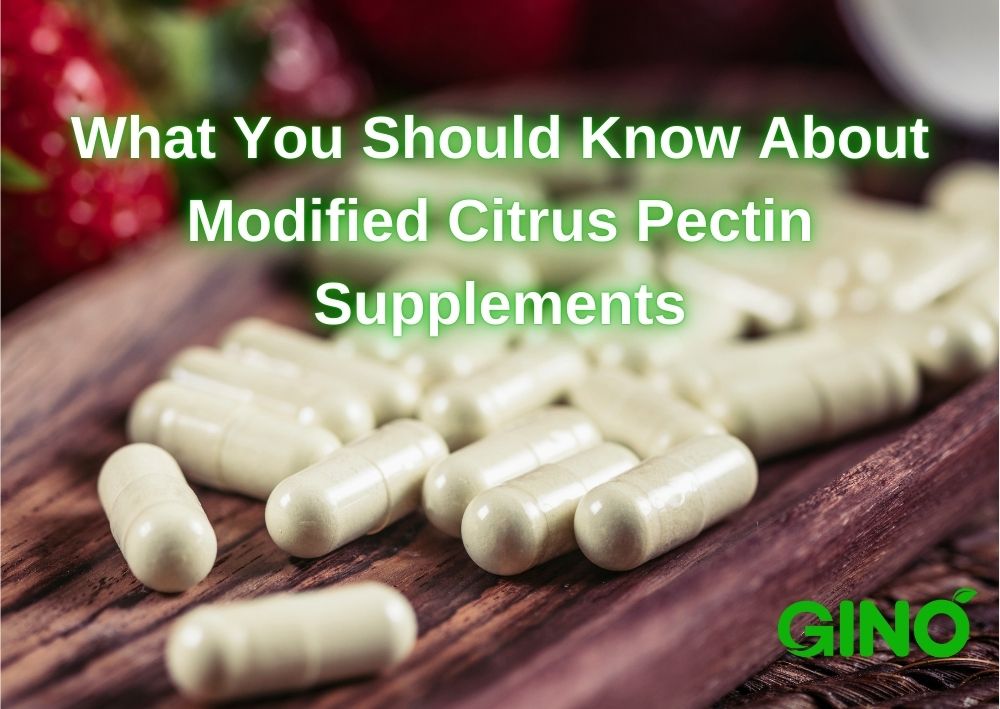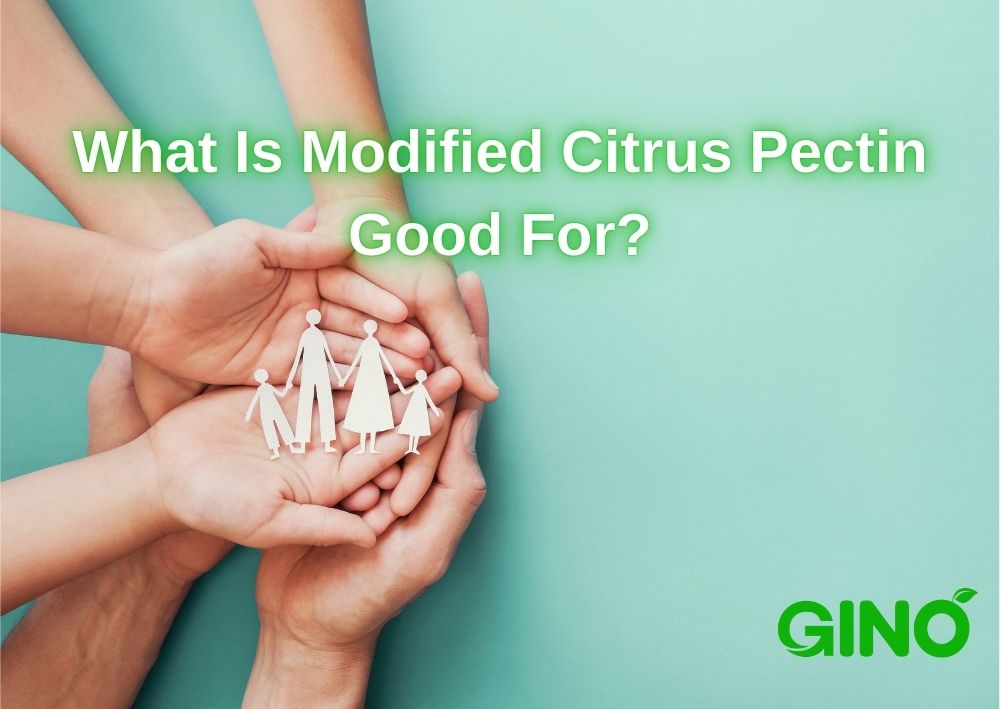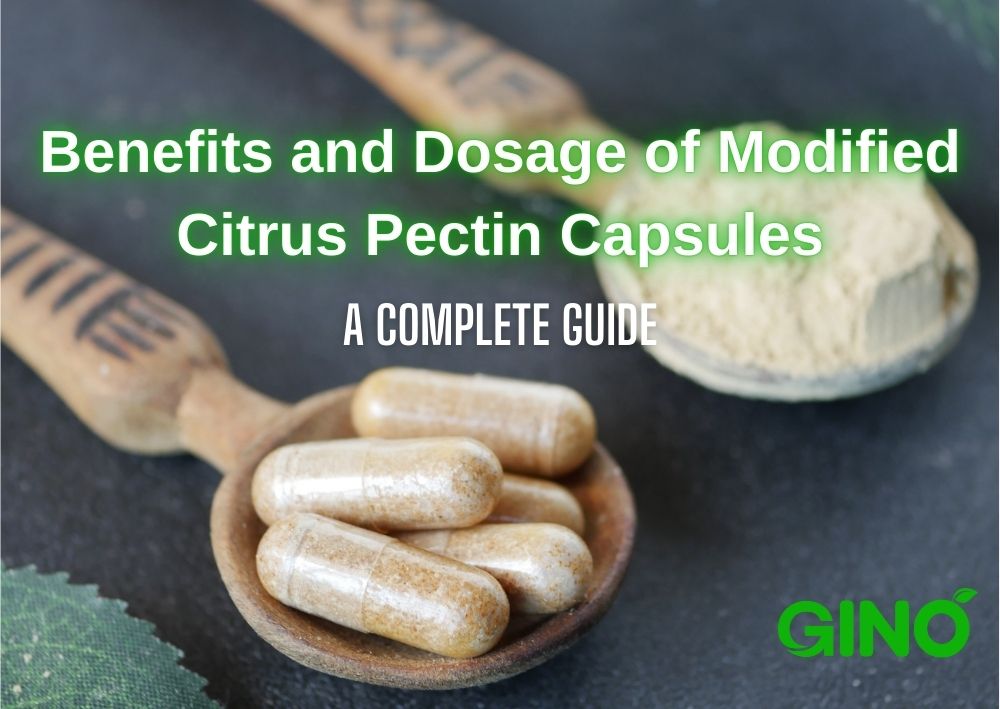
カッパカラギーナンとこんにゃくガムの不思議な相乗効果
Synergistic Effects of Kappa Carrageenan and Konjac Gum
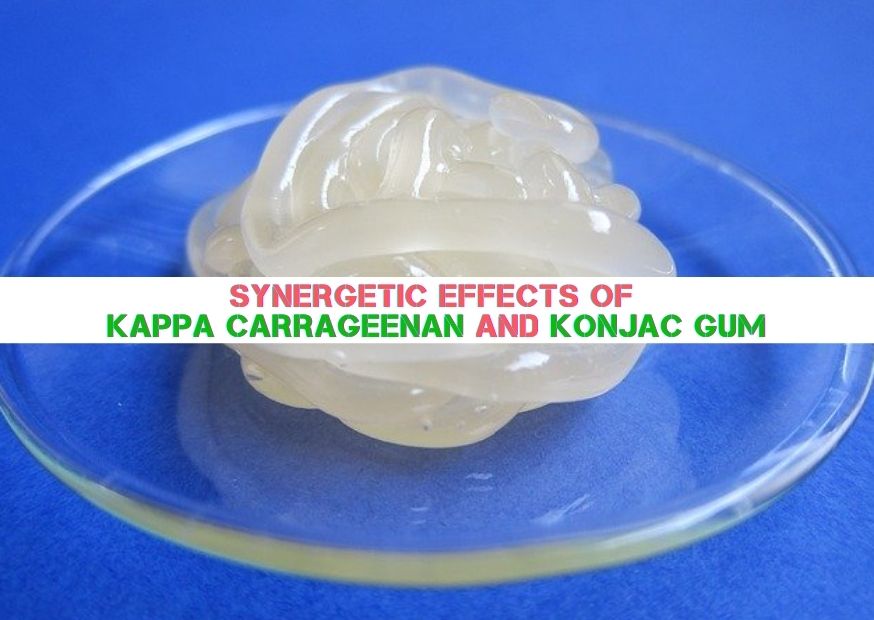
1.What is Kappa Carrageenan?
Carrageenan is a sulfated polysaccharide polymer extracted from certain species of red algae. Depending on the content and location of the sulfate group in the structure, there are seven types of carrageenan, including kappa, iota, lambda, theta, mu, nu and ksi, all of which contain 22% to 35% sulfate group. Kappa carrageenan is the most common and widely used.
Kappa carrageenan is extracted from algae of the genus Kirin, and is obtained by drying, alkali treatment, water washing, acid bleaching, water washing, boiling, filtering, cooling, pressing and dehydration, drying and grinding.
K-carrageenan has the best solidifying property among all types of carrageenan.
Because of its unique characteristics such as thermo-reversible gelation, anti-protein coagulation, hydrophilic and non-toxic, biodegradable and low cost, it has attracted much attention in food, chemical, packaging, pharmaceutical and edible cling film.
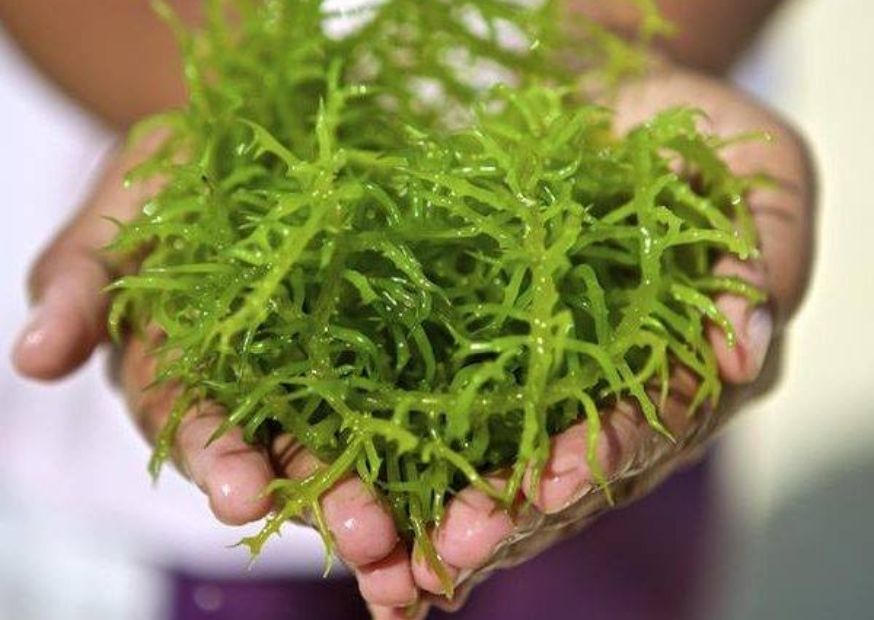
2.What is Konjac Gum?
The main chemical composition of konjac gum is glucomannan, in which the molecular ratio of glucose and mannose is about 2:3, because there is an acetyl group on the 6th C of the mannose unit, so its aqueous solution can not form a gel, but in dilute alkaline solution after hydrolysis to remove the acetyl group can form an elastic gel.
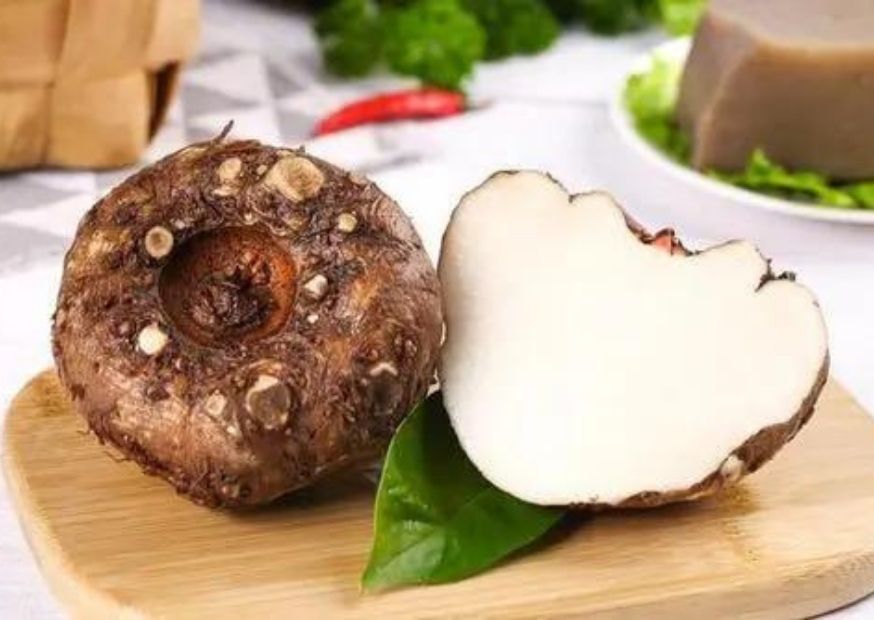
3.Disadvantages
Kappa carrageenan and Konjac gum are both commonly used as gelling agents in the food industry, however, both of them have different degrees of disadvantages and shortcomings.
3.1 Carrageenan Disadvantages
Kappa carrageenan in the presence of potassium or calcium plasma, has the advantages of low concentration required to form a gel, high transparency, but its gel brittle, elasticity is small, prone to shrinkage off the liquid phenomenon.
3.2 Konjac Gum Disadvantages
Konjac gum must be at a concentration of 2% or more, pH>9 i.e. strongly alkaline conditions to form a gel.
In addition to the large amount, the application of alkaline food often has a salty and astringent taste, poor taste, not popular;
These defects, to a large extent, affect the two as a gelling agent in the food industry applications.
4. Synergistic Effects of Kappa Carrageenan and Konjac Gum
Konjac gum can fully or partially replace locust bean gum, and obtain the gel structure of the mixture of carrageenan and locust bean gum.
- Low use level of gelling agent
- High gel strength
- Low water separation rate (Low syneresis)
Konjac gum can fully or partially replace locust bean gum, and obtain the gel structure of the mixture of carrageenan and locust bean gum.
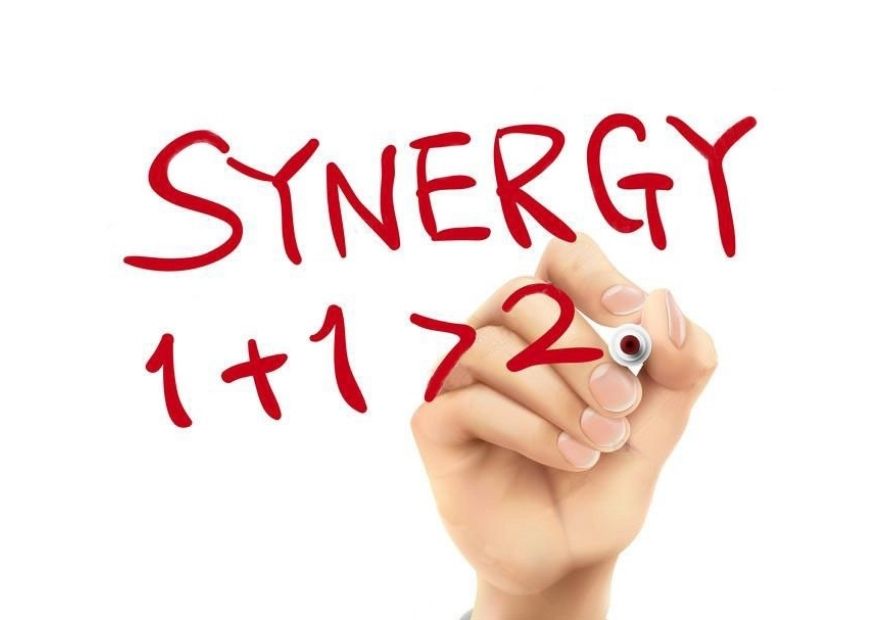
5.結論
In conclusion, kappa carrageenan and konjac gum have a strong synergistic effect, can significantly enhance the gel strength and elasticity of carrageenan, improve the water separating properties (syneresis) of carrageenan, the effect is stronger than locust bean gum, and has good application value in the food industry.
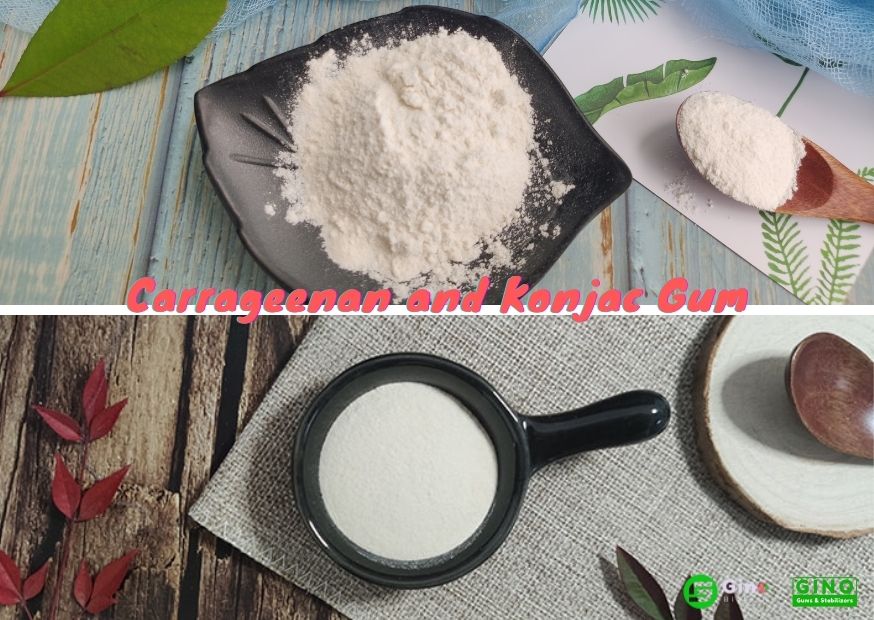
The 4 Major Differences Between Carrageenan and Konjac Gum You Should Know
Do you know the differences between Carrageenan and Konjac Gum?
会社概要
より健康的な生活のために植物由来のガム&スタビライザーを提供することを使命として、ジーノガム&スタビライザーは2018年に設立された。
私たちは、様々な種類の植物性ハイドロコロイドと安定化溶液システムに焦点を当てています。

